Audi 2010 Annual Report Download - page 105
Download and view the complete annual report
Please find page 105 of the 2010 Audi annual report below. You can navigate through the pages in the report by either clicking on the pages listed below, or by using the keyword search tool below to find specific information within the annual report.-
 1
1 -
 2
2 -
 3
3 -
 4
4 -
 5
5 -
 6
6 -
 7
7 -
 8
8 -
 9
9 -
 10
10 -
 11
11 -
 12
12 -
 13
13 -
 14
14 -
 15
15 -
 16
16 -
 17
17 -
 18
18 -
 19
19 -
 20
20 -
 21
21 -
 22
22 -
 23
23 -
 24
24 -
 25
25 -
 26
26 -
 27
27 -
 28
28 -
 29
29 -
 30
30 -
 31
31 -
 32
32 -
 33
33 -
 34
34 -
 35
35 -
 36
36 -
 37
37 -
 38
38 -
 39
39 -
 40
40 -
 41
41 -
 42
42 -
 43
43 -
 44
44 -
 45
45 -
 46
46 -
 47
47 -
 48
48 -
 49
49 -
 50
50 -
 51
51 -
 52
52 -
 53
53 -
 54
54 -
 55
55 -
 56
56 -
 57
57 -
 58
58 -
 59
59 -
 60
60 -
 61
61 -
 62
62 -
 63
63 -
 64
64 -
 65
65 -
 66
66 -
 67
67 -
 68
68 -
 69
69 -
 70
70 -
 71
71 -
 72
72 -
 73
73 -
 74
74 -
 75
75 -
 76
76 -
 77
77 -
 78
78 -
 79
79 -
 80
80 -
 81
81 -
 82
82 -
 83
83 -
 84
84 -
 85
85 -
 86
86 -
 87
87 -
 88
88 -
 89
89 -
 90
90 -
 91
91 -
 92
92 -
 93
93 -
 94
94 -
 95
95 -
 96
96 -
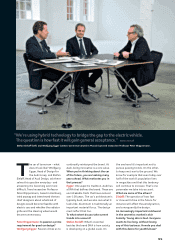 97
97 -
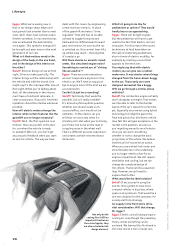 98
98 -
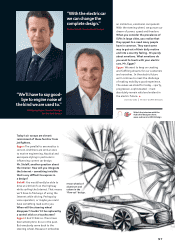 99
99 -
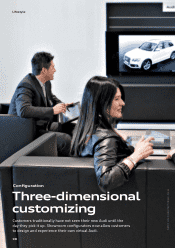 100
100 -
 101
101 -
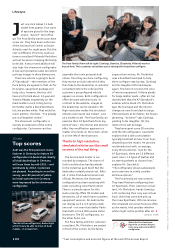 102
102 -
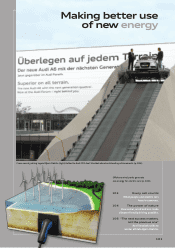 103
103 -
 104
104 -
 105
105 -
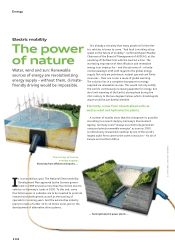 106
106 -
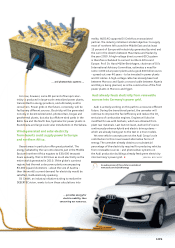 107
107 -
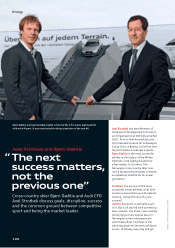 108
108 -
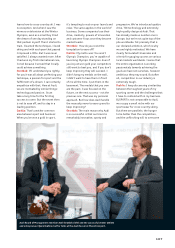 109
109 -
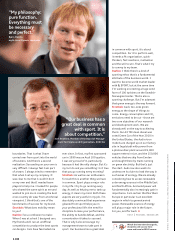 110
110 -
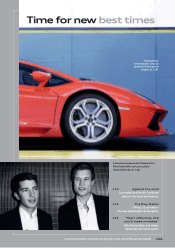 111
111 -
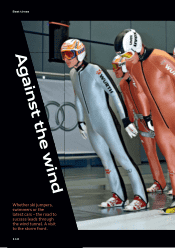 112
112 -
 113
113 -
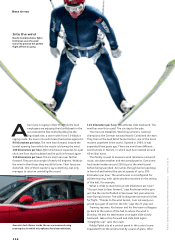 114
114 -
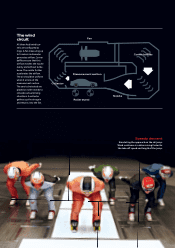 115
115 -
 116
116 -
 117
117 -
 118
118 -
 119
119 -
 120
120 -
 121
121 -
 122
122 -
 123
123 -
 124
124 -
 125
125 -
 126
126 -
 127
127 -
 128
128 -
 129
129 -
 130
130 -
 131
131 -
 132
132 -
 133
133 -
 134
134 -
 135
135 -
 136
136 -
 137
137 -
 138
138 -
 139
139 -
 140
140 -
 141
141 -
 142
142 -
 143
143 -
 144
144 -
 145
145 -
 146
146 -
 147
147 -
 148
148 -
 149
149 -
 150
150 -
 151
151 -
 152
152 -
 153
153 -
 154
154 -
 155
155 -
 156
156 -
 157
157 -
 158
158 -
 159
159 -
 160
160 -
 161
161 -
 162
162 -
 163
163 -
 164
164 -
 165
165 -
 166
166 -
 167
167 -
 168
168 -
 169
169 -
 170
170 -
 171
171 -
 172
172 -
 173
173 -
 174
174 -
 175
175 -
 176
176 -
 177
177 -
 178
178 -
 179
179 -
 180
180 -
 181
181 -
 182
182 -
 183
183 -
 184
184 -
 185
185 -
 186
186 -
 187
187 -
 188
188 -
 189
189 -
 190
190 -
 191
191 -
 192
192 -
 193
193 -
 194
194 -
 195
195 -
 196
196 -
 197
197 -
 198
198 -
 199
199 -
 200
200 -
 201
201 -
 202
202 -
 203
203 -
 204
204 -
 205
205 -
 206
206 -
 207
207 -
 208
208 -
 209
209 -
 210
210 -
 211
211 -
 212
212 -
 213
213 -
 214
214 -
 215
215 -
 216
216 -
 217
217 -
 218
218 -
 219
219 -
 220
220 -
 221
221 -
 222
222 -
 223
223 -
 224
224 -
 225
225 -
 226
226 -
 227
227 -
 228
228 -
 229
229 -
 230
230 -
 231
231 -
 232
232 -
 233
233 -
 234
234 -
 235
235 -
 236
236 -
 237
237 -
 238
238 -
 239
239 -
 240
240 -
 241
241 -
 242
242 -
 243
243 -
 244
244 -
 245
245 -
 246
246 -
 247
247 -
 248
248 -
 249
249 -
 250
250 -
 251
251 -
 252
252 -
 253
253 -
 254
254 -
 255
255 -
 256
256 -
 257
257 -
 258
258 -
 259
259 -
 260
260 -
 261
261 -
 262
262 -
 263
263
 |
 |
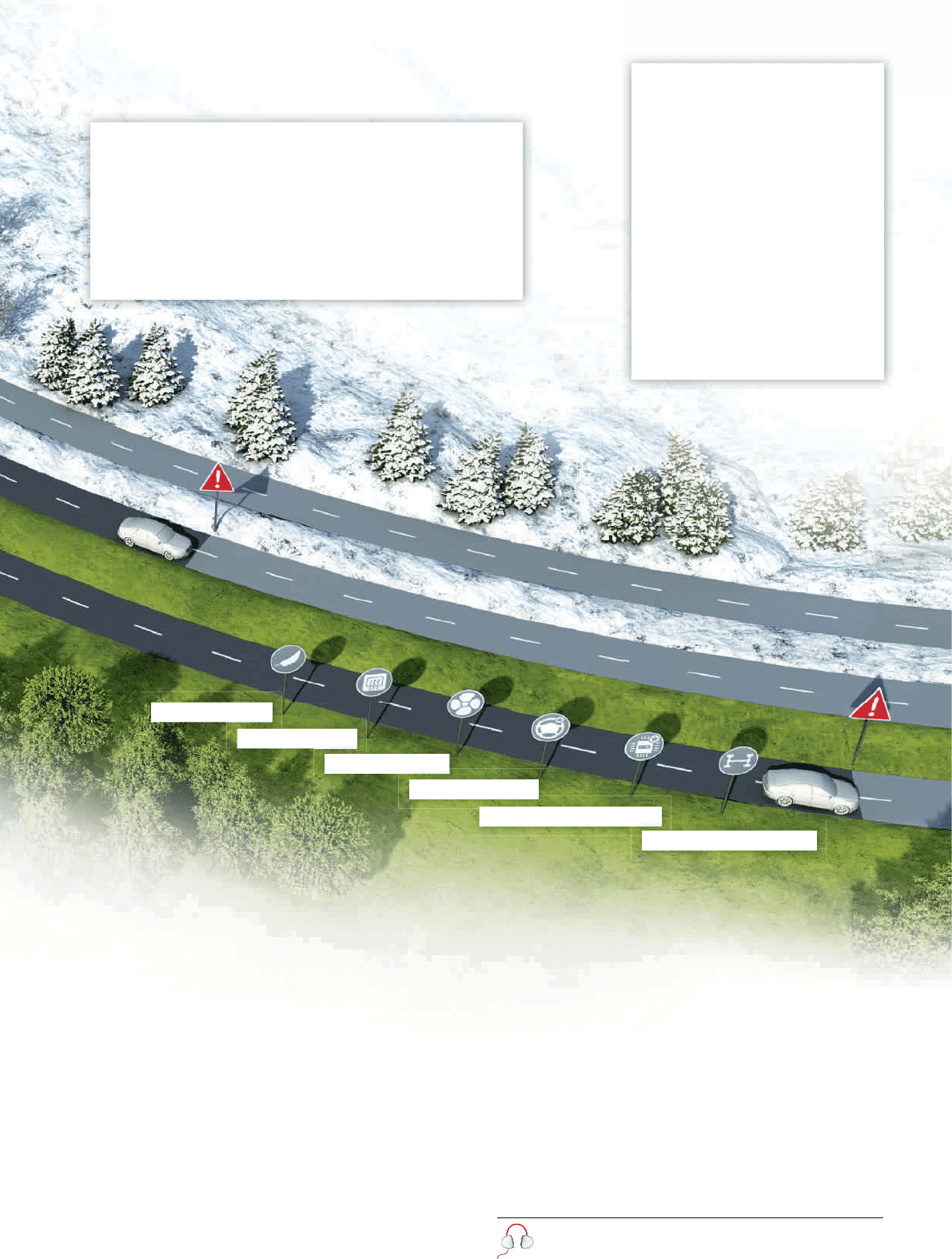
The temperature inside a lithium-ion battery should always
be between 25 and 55 degrees Celsius. If it is too cold, the
cells’ internal resistance increases rapidly – by as much as a
factor of ten. Battery output plummets. Heat, on the other
hand, greatly accelerates the aging of the cells.
Audi engineers are therefore investing particularly large
amounts of expertise into optimal temperature manage-
ment. This is also essential elsewhere, as the human body
must likewise maintain its temperature within a narrow
normal range at all times in order to survive.
Caution: chain reaction!
Chain reactions, such as when overcharging destroys a cell,
represent a major risk for an electric car’s battery block.
“The overall functionality of a battery is determined by its
weakest cell,” warns Kötz. Safety intervals and good heat
dissipation are therefore used in addition to charge status
monitoring to protect the battery against secondary damage.
After all, slight damage should not result in the failure of the
overall system. The human body uses new blood vessels to
bypass a blood clot for similar reasons.
Lithium-ion batteries are a still relatively young tech-
nology and unlike humans do not require millions of years
to achieve gains in effi ciency. Audi uses a trick to speed up
their “evolution.” The development engineers subject test
batteries to permanent charge and discharge cycles on bat-
tery test rigs. This accelerated aging helps them to quickly
develop new high-voltage batteries with greater energy
capacities while maintaining a constant level of safety and
extending service life. Such fast-paced generational changes
mean that even reluctant people can overcome their nerves
and partake in the electric mobility of the future. O
FALKO BLASK
103
Route 3
Range –
the ultimate goal
Route 2
Range with normal driving behavior
Prudence and eff ective technology already enable good
ranges today. Recuperation allows energy to be recovered,
adjustments to torque save electricity when starting off ,
and economical use of electrical consumers enables electric
vehicles to cover longer distances.
The evolution of battery tech-
nology is still in its infancy.
Greater capacities and improved
battery management will increase
the range of electric vehicles
substantially. Lower-weight cells
and vehicles as well as progress
in drive technology are alleviating
people’s fear of running out of
energy and replacing it with pure
driving enjoyment.
An audio version of this article is available at:
www.audi.com/ar2010/battery
Weight reduction
Thermal insulation
Optimized cooling
coo g
Improved steering
g
Optimized battery electronics
oni
cs
Improved drive technology
